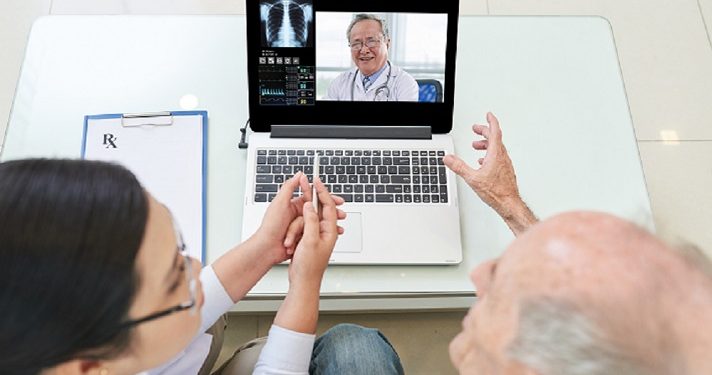We are living in an era that operates under a simple rule – data is golden. Take a look at any industry that deals with users’ data, whether sensitive or not, and we are bound to see several compliances assuring data security. Obviously, the healthcare industry is no exception.
Even though the compliances differ from nation to nation, the one that has proved to be universal on many grounds is the HIPAA or Health Insurance Portability and Accountability Act
If you have ever interacted with the healthcare industry, there is a good chance you have heard of HIPAA. You may have also heard that it is a prerequisite for developing healthcare software.
HIPAA is the most important legislation for anyone wanting to create healthcare-related solutions. However, while developing medical apps and devices is complicated, understanding and complying with all of HIPAA’s requirements is a much greater challenge. The developers of healthcare apps and devices must understand the laws that regulate patient privacy and medical data security, as data breaches in the healthcare industry tend to cause severe problems with significant financial repercussions.
The first part of HIPAA regulation compliance comprehension and implementation is to understand what kind of data you’ll store and transfer via your application. HIPAA rules apply to all covered entities (healthcare providers, health plans, clearinghouses) and their business associates who produce, access, process, or store protected health information. PHI consists of health information (doctor bills, MRI scans, emails, test results, etc.) and personal identifiers (patient names, addresses, social security numbers, medical records, etc.).
Why is HIPAA compliance important?
HIPAA is a comprehensive act that was established to help healthcare organizations and patients. Therefore, understanding why it is important is essential when building HIPAA compliant software. Before starting research on how to make an app or a device HIPAA compliant, you should consider what it means for patients and hospitals.
First and foremost, HIPAA protects patients and their data from crimes linked to data fraud like identity theft. Personal data and private medical information can be used by wrongdoers against patients, which is rarely a minor inconvenience. Instead, the consequences are significantly more serious.
Additionally, the importance of following HIPAA compliance for hospitals lies in the understanding of what would happen if they were not followed. In cases of a data breach, hospitals are liable to pay massive fines. There are already many live examples of how costly it can get for hospitals when their apps and devices aren’t secure enough – on both financial and image grounds. There are rules you must follow to keep the patient’s data safe and secure.
How to Make HIPAA Compliant Apps and Devices?
Developing HIPAA compliant healthcare apps and devices can be challenging for developers, especially since it requires a number of alterations on both features and design front. Kepler Team’s focus is always on the security and safety of apps and devices. No matter what we are developing, the priority lies in ensuring that the users; data is safeguarded under every condition. Our experience in developing healthcare solutions has enabled us to come up with a HIPAA compliance checklist for app development.
To make your app or device HIPAA compliant, you need to follow four primary rules:
- Privacy rule
- Security rule
- Enforcement rule
- Breach notification rule
Aim of Developer
The main rule for any developer who works on medical solutions is security, which describes both technical and physical safeguards.
Physical Safeguards
Physical Safeguards are aimed to secure the facilities and devices that store PHI (servers, data centers, PCs, laptops, etc.). They also include protecting the backend, data transfer networks, and user devices. To ensure your app’s security, you should enforce regular authentication, or make it impossible to access the application without authentication. To create a fully HIPAA compliant app using reliable providers, having a set of technical tools isn’t enough. In addition to encrypting the data in the software you develop, you must also ensure it can’t be accessed if the server or device is physically compromised.
Technical Safeguards
Technical Safeguards focus thoroughly on encrypting all data that are transferred between or stored on devices and servers. Technical safeguards include:
- Unique user identification
- Emergency access procedures
- Automatic logoff
Another best practice in this regard is following the minimum necessity rule – do not collect more data than you would need or store data for longer than actually required for your work. Additionally, avoid sending any PHI data to push notifications and leaking this type of information into backups and logs.
Conclusion
Protecting user data and integrating apps and devices into a HIPAA compliant system is a non-trivial task for any healthcare company or institution. Ensuring HIPAA compliance for health applications is essential, although it requires time, money, and a lot of effort. At Kepler Team, we can help you with security issues and HIPAA compliance. If you need a consultation or app development services, don’t hesitate to contact us.





